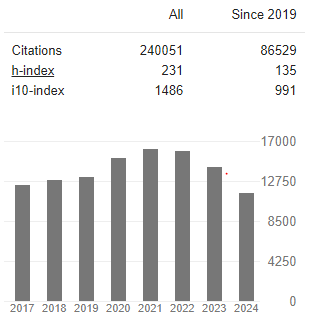Harnessing Longevity Genes for Lifespan Extension: Insights from Naked Mole Rats
Abstract
Anuj Sahu and Komal Sahu
As we grow older. Experience the cycle of life’s changes, in our bodies and health over time leading to our inevitable passing away from this world someday that we all share as humans together through the generations that have come before us and will come after us too. Illnesses like cancer or heart conditions or brain degeneration that become more frequent as we get older can have an impact. Make life harder as we reach our later years beyond what is considered middle age by most standards these days. Although most people can expect to live about 80 to 90 years based off what we know from studying populations throughout time around the globe where humans have lived and thrived together in communities small. Scientists are now looking at how our genetic makeup might play a role, in living lives than expected by examining how certain genes may contribute to longevity beyond what's typically seen in the general population. One interesting group being studied for their ability to resist the effects of aging are mole rats who seem to defy expectations by showing signs of age related diseases despite their advanced years compared with other animals studied so far. This article delves into how weight hyaluronic acid (HMW HA), from naked mole rats (NMRs) can extend the lifespan of genetically modified mice significantly. Recent research indicates that introducing the hyaluronan synthase. 2 Gene from mole rats improved the health span and increased the lifespan of mice by 4.4%. These results demonstrate the potential of using elements from living species to create interventions that could slow down aging and related diseases in humans. This review emphasizes the importance of studies, in biogerontology.



